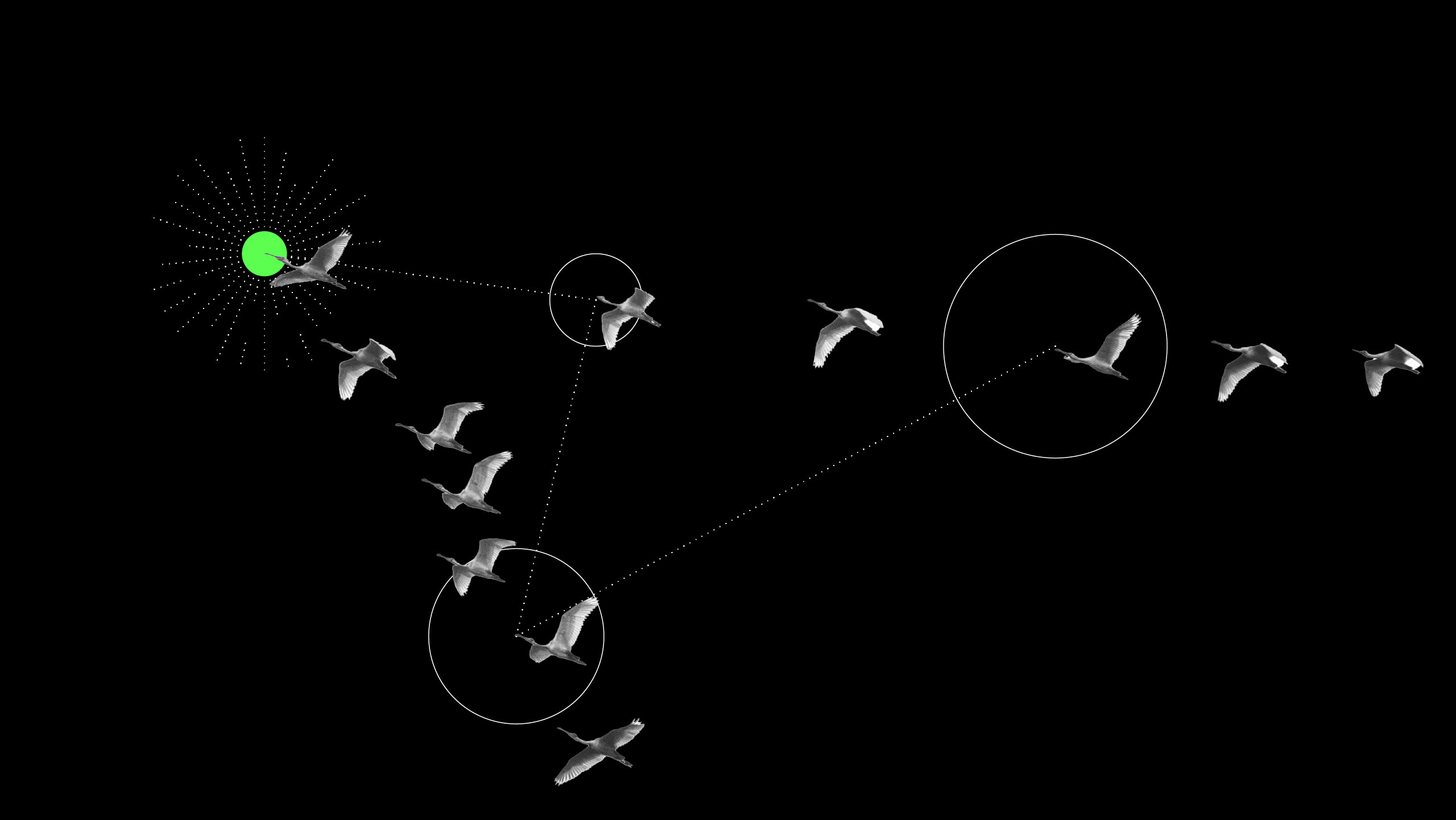
System migration step by step: The 5-step checklist to plan your migration
System migrations have a bad reputation. No wonder: With 75% of ERP migration projects running either over time or over budget, they are not only a high-risk but also costly endeavor. Considering the long list of smaller and bigger S/4 migration disasters including big players like Haribo, Lidl, or Deutsche Bank, we’d understand you having nightmares about your own system migration, too.
But there are successful migration projects that actually deliver value (or are on their way to do so). Software company Autodesk reconciled more than 120k sales order lines per month during their S/4HANA migration, and saved 4 to 6 weeks of project time per process.
Later we’ll explain how to achieve a successful system migration. But first, let’s answer the question, what is system migration?
What is system migration?
System migration is the process of moving a business’ data, applications, and workflows to a new environment as part of a system replacement or upgrade. It is usually done to support business transformation and ensure the organization remains adaptable and competitive.
We know that the road to a successful system migration is paved with a whole string of challenges and potholes. That’s why getting your roadmap right is the first step you should take. Regardless of which legacy system migration project you're embarking on: an SAP ECC to S4/HANA Migration, Workday, Salesforce, Oracle Fusion, Infor ERP or any other CRM or ERP system migration.

To give you a jumpstart on your migration journey, we developed this migration checklist. Take a system migration step-by-step, keep your eye one the prize, and you’ll have the best chance of success.
1. Get your stakeholders on board
For the longest time, system migrations have been primarily the province of the IT department. Yet system migrations often touch every line of business. That’s why it’s only logical that they should be a strategic priority, championed by both IT and Line of Business executives. With a long project timeline and far-off ROI, you need a champion in every corner, be it in production, sales, accounting, IT, or supply chain. But it’s not only your management who needs to understand what’s in it for them — your users do too. It may sound simple, but if your users don’t see the value in your new systems, either through increased sales, or more efficiency in their day-to-day, they just won’t make the switch.

2. Start with a clear picture of your as-is processes
Don't forget that any system migration is really an enterprise transformation, which means that you need to understand your as-is processes before you can move them to a new system. Knowing exactly what your business processes look like before you decide on which elements to migrate is key. Don’t let the squeakiest wheel get the grease, focus on the data. Only with a data-driven approach to process mapping will you be able to re-engineer them for the better. This goes for both greenfield and brownfield migrations — even if you are implementing from scratch, you need to fully understand your business requirements before you can design something better. Our Process Mapping template can help you with that.
3. Set timelines for key milestones.
Hold your stakeholders accountable for the success of each migration phase by setting timelines and KPIs for key milestones. Creating a structured roadmap will not only help each member understand what tasks are expected and in which sequence, but will identify gaps where the necessary skills or budgets are lacking.
4. Leverage technology
You might count on the industry expertise of consultants to lead your migration project, but you shouldn't overlook the potential of today’s technology. Powerful technologies like Process Mining, automation, artificial intelligence, and machine learning (or an Execution Management System that brings all of them together) can support you in mapping your processes objectively, identifying process deviations, performing fit-gap analysis, testing your new processes, proactively solving inefficiencies, and monitoring user adoption.
5. Monitor success and communicate regularly
All too often, system migration initiatives are a black box to both business leaders and end-users. That’s why establishing check-ins during key phases of the migration and tracking progress towards business outcomes is critical to managing expectations and maintaining leadership buy-in. Use process performance metrics — such as conformance, workarounds, rework, or lag time between process steps — to compare legacy and new systems and measure the impact of your optimizations. Regular status reports, fireside chats, FAQs, newsletters, and user workshops can keep your employees engaged along the way.
How to bulletproof your migration strategy
Underestimating a system migration’s costs, risks, and challenges is a mistake that can seriously disrupt your business. This five-step system migration checklist should be a starting point to turn your system migration into an enterprise transformation. But you shouldn’t stop there. Before embarking on such a transformation project, do your homework and research the market. How do other companies strategize for and execute their system migration? What are common challenges they face? How do they solve them? Check out some of our resources to find the answers you need:
11 stats you should know: In our System Migration Report, we've crowdsourced the general wisdom about system migration — highlighting the risks but also the opportunities it can unlock. Read on to learn about trends, facts, and figures showing you how organizations strategize for and execute their system migrations.

Run a data-driven system migration: Download the freeRoad to Go-Live Handbook. Read in detail about some of the major challenges experienced by IT leaders and how Celonis’ Execution Management System can help at every step of the way.

Learn from industry leaders: See in this Celonis World Tour session, how Thermo Fisher Scientific is leveraging process mining to understand and control the variants their business entails in order to expedite invoice processing, improve cash flow, and map internal processes against future templates.

